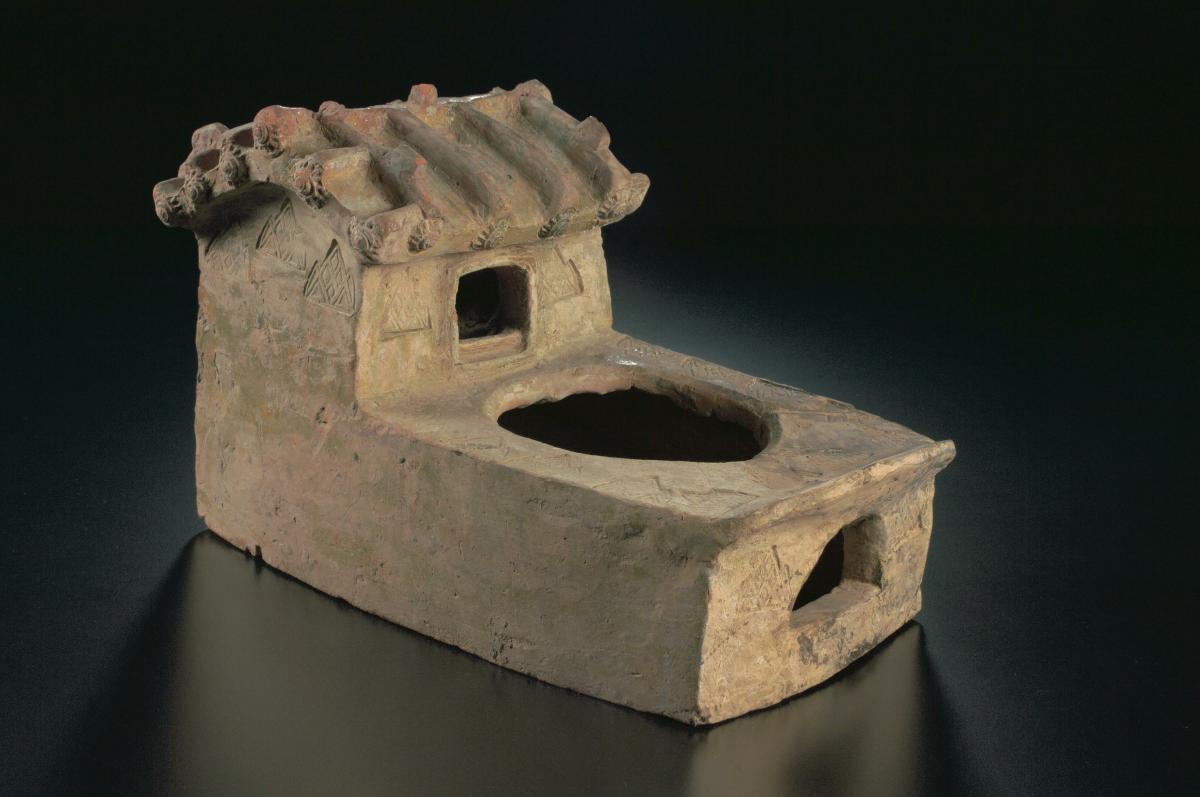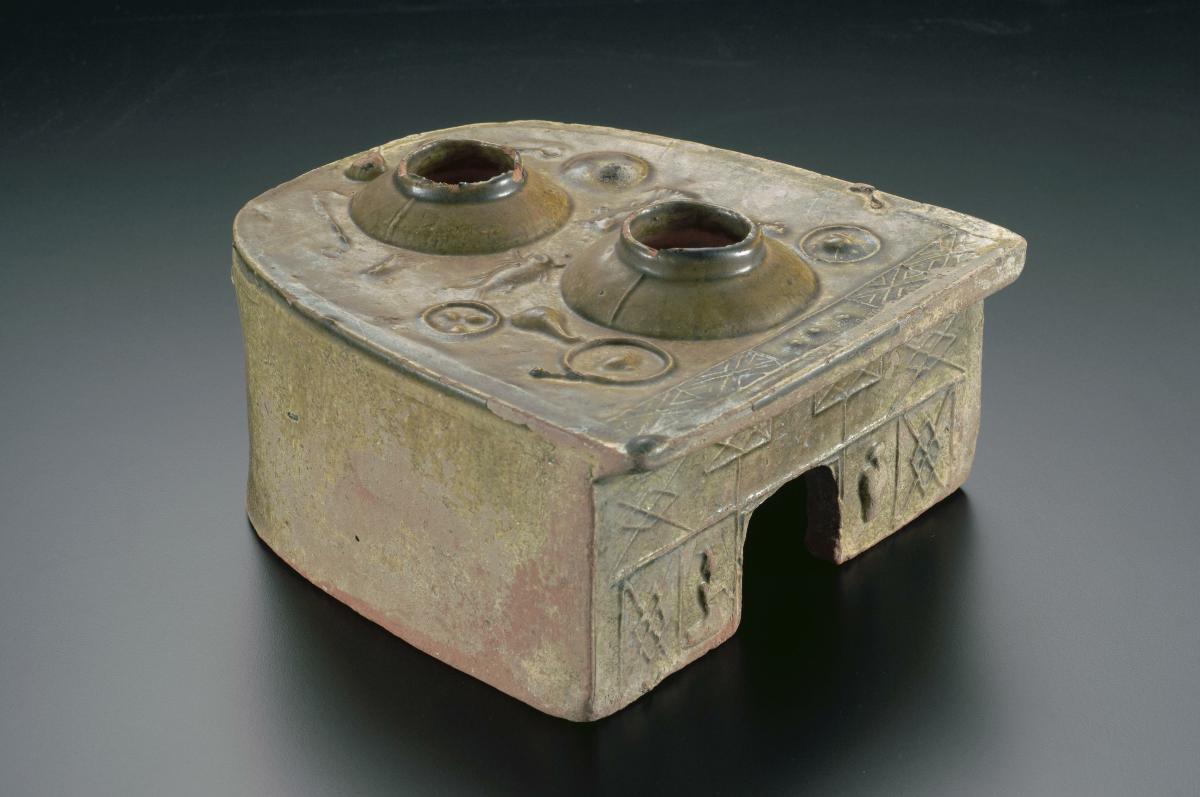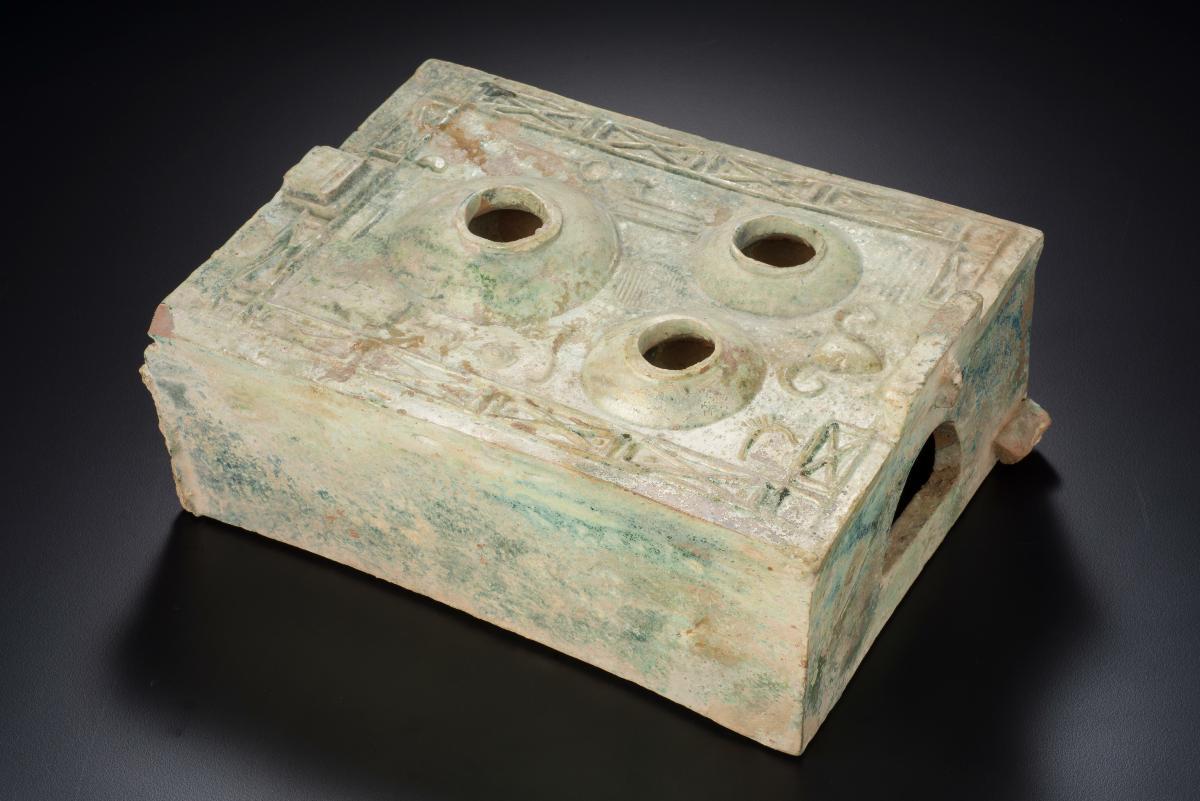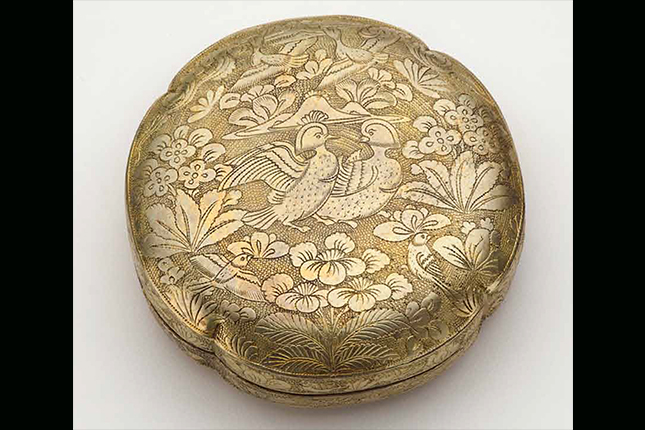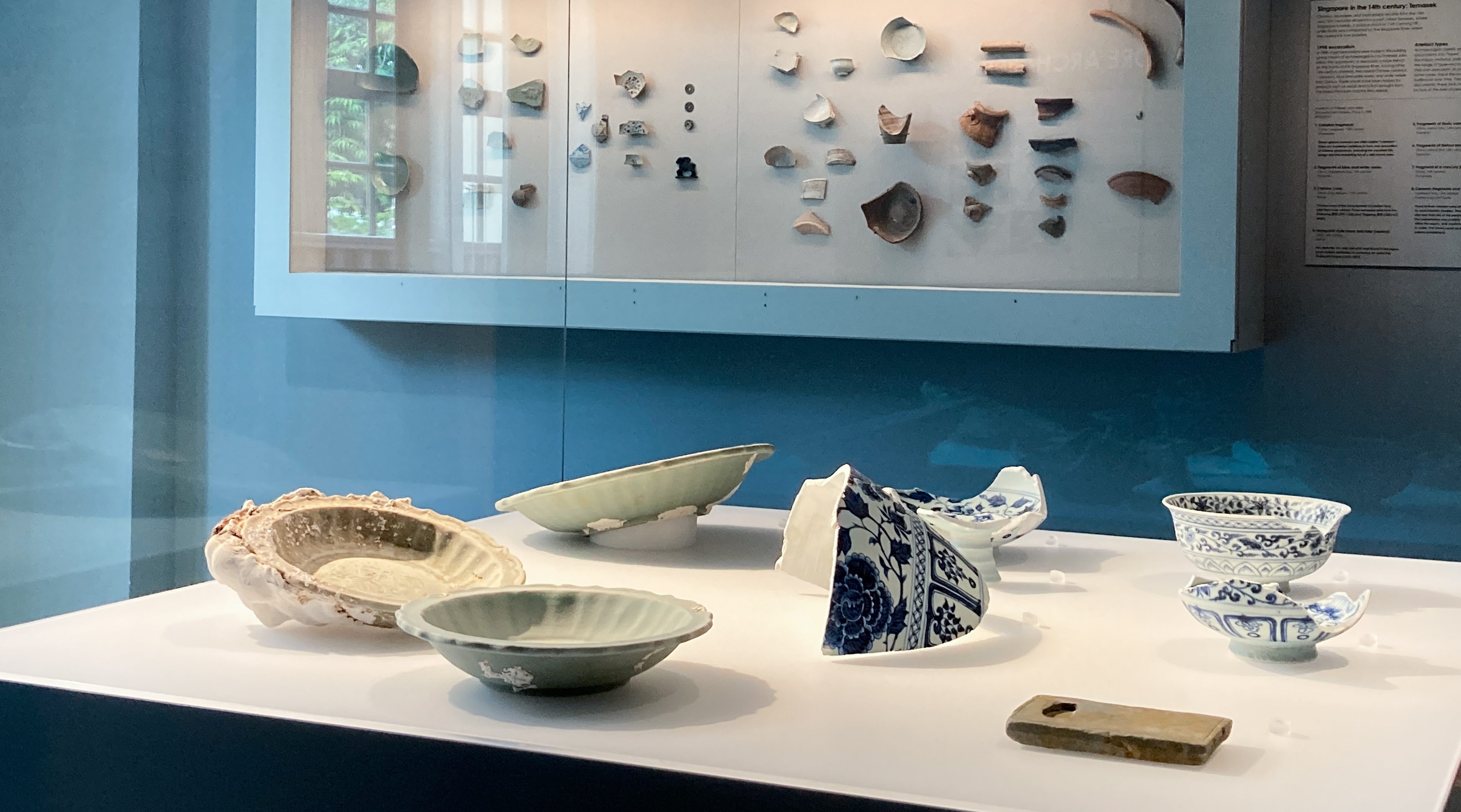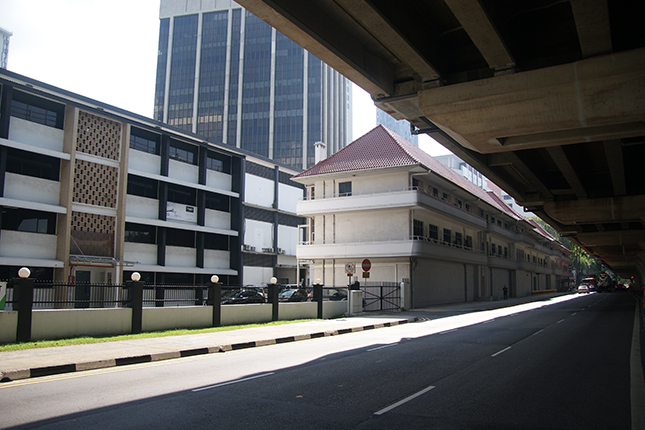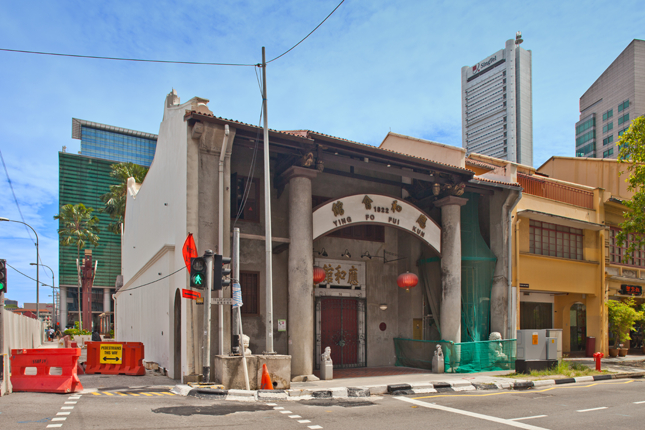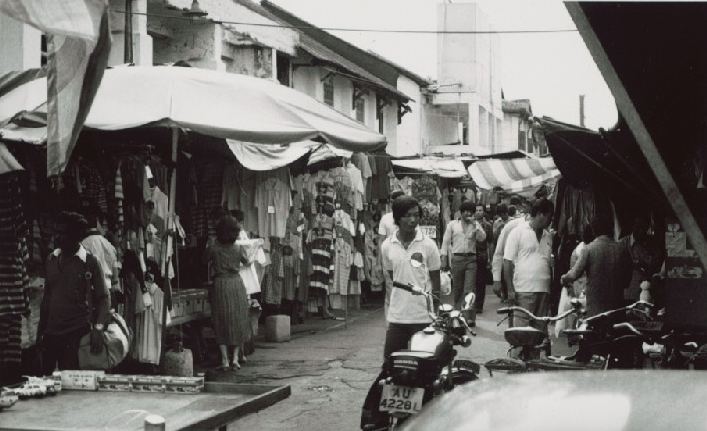This green-glazed stove model served as burial ware or ‘mingqi'. Modelled as a shed on one end with a tiled roof, it has windows cut at both front and back. The stove's middle has a large central aperture to hold a cooking pot while a small central protrusion at the rear roof projection may represent the chimney for the stove. Stamped on the side walls and top surface are patterns of a stylised motif of three mountain peaks.The practice of using lead-glazed burial wares had already started during the Han dynasty (206 BCE-220 CE) and it continued into the Ming period. The custom of burying objects with the deceased stems from the belief in life after death. Burying the stove ensured the deceased could continue ‘life’ in the underworld and served as a proof of his or her identity to underworld officials.




